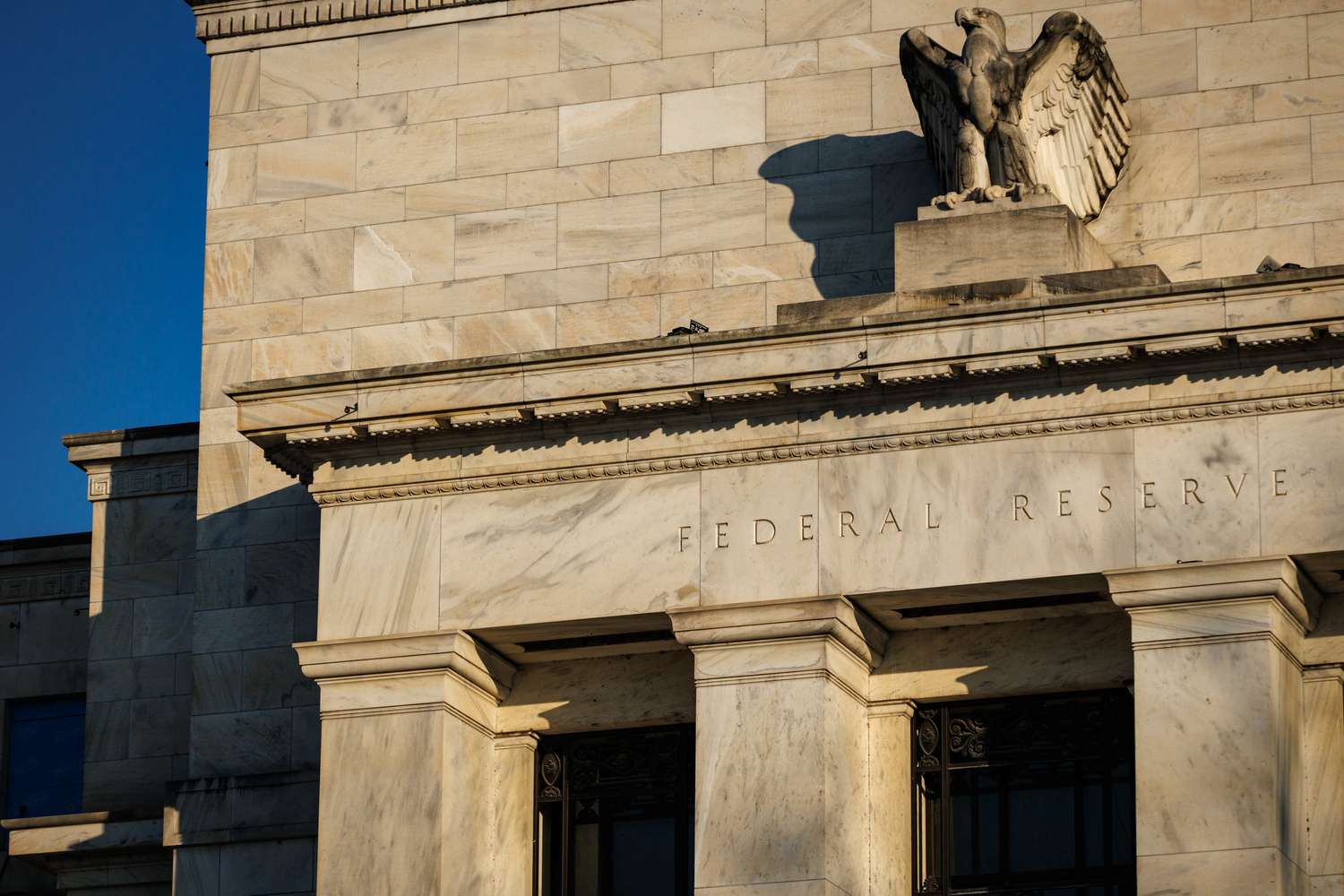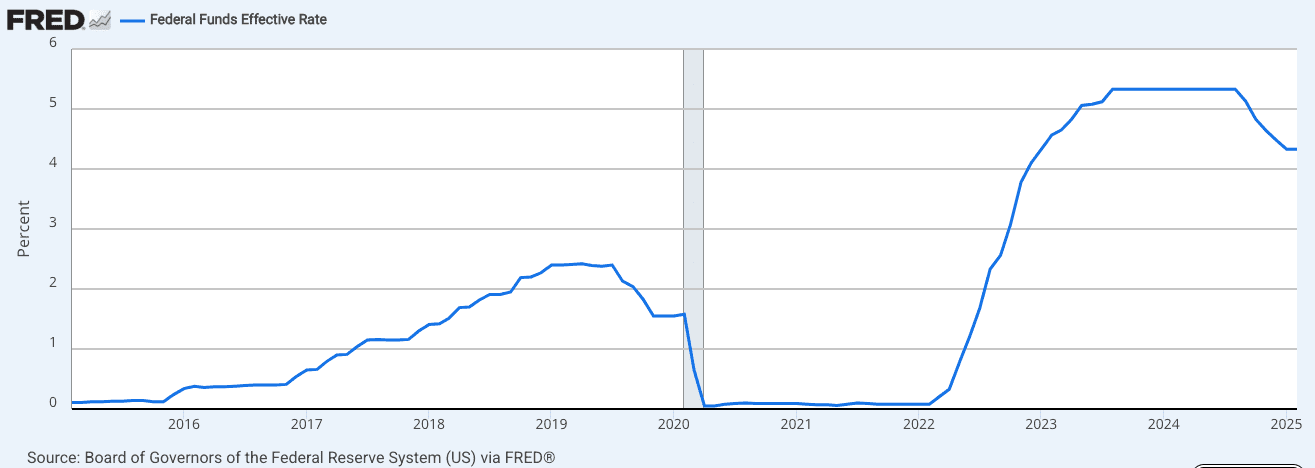Understanding How the Federal Reserve Combats Economic Recessions
The Federal Reserve (Fed) employs several powerful tools to combat recessions and maintain economic stability through its dual mandate of maximizing employment and stabilizing prices.

Federal Reserve building facade and eagle
During economic downturns, businesses may fail, leading to layoffs, asset sales, and potential bankruptcies. This can trigger deflation and debt problems throughout the economy. The Fed responds with various monetary policy tools:
Open Market Operations The Fed purchases securities on the open market to lower interest rates and inject money into the banking system. This makes borrowing cheaper for businesses and consumers, helping maintain employment and stabilize prices. During severe downturns, the Fed may implement quantitative easing (QE) by purchasing additional assets to further expand the money supply.

Federal Funds Rate historical trend
Discount Lending Through its discount window, the Fed provides direct loans to banks needing emergency funds. While traditionally offered at higher rates, recent practices have shifted toward more favorable terms to support the financial sector during crises.
Expectations Management The Fed uses forward guidance to influence market expectations, communicating its intended policy actions to help maintain confidence in the financial system.
Fighting Inflation When inflation becomes a concern, the Fed may need to raise interest rates and implement contractionary policies. This delicate balance aims to prevent stagflation - the combination of high unemployment and inflation.
Key Tools in Action:
- Interest rate adjustments through open market operations
- Direct lending to financial institutions
- Clear communication of policy intentions
- Quantitative easing during severe downturns
- Management of bank reserve requirements
The Fed's effectiveness depends on careful timing and coordination of these tools to support economic recovery while maintaining price stability.
Related Articles
5 Legendary Investors Who Made Billions During the Global Financial Crisis
